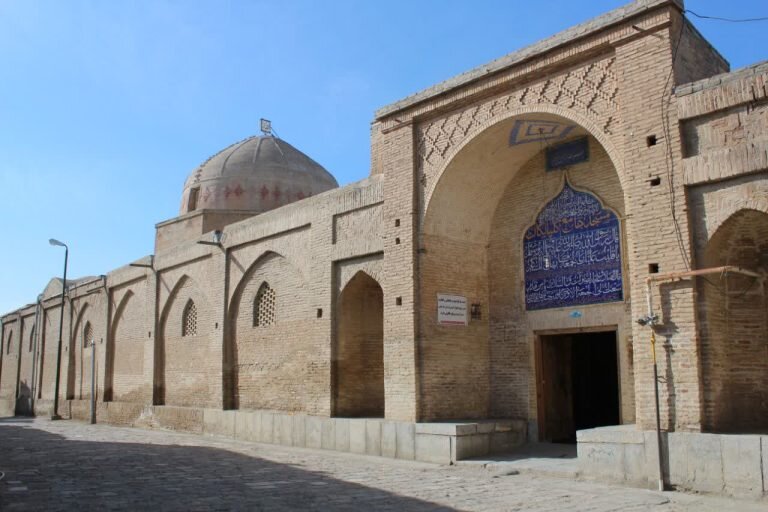Seljuk-era mosque in Golpayegan to undergo restoration

TEHRAN – The centuries-old Jameh Mosque of Golpayegan will undergo a partial restoration work in the near future, a local tourism official has said.
A budget of 20 billion rials ($40,000) had been allocated to the restoration project intended to amend traditional decorations and renew its lighting system, Mostafa Qanouni said.
Also, minor restoration of the mosque’s dome and rooftops are on the agenda, he said.
The main structure of the mosque dates back to the Seljuk era (1037–1194), but there were some additions to the mosque during the Qajar era (1789-1925), he noted.
The historical mosque, which stands tall in Isfahan province, was inscribed on the national heritage list in 1933.
According to Archnet, the mosque is roughly rectangular in plan and consists of vaulted and domed prayer halls enveloping the four sides of a rectangular courtyard. It is oriented northeast-southwest and measures about seventy-three meters by forty-four meters on the exterior.
Measuring twenty-six meters wide and thirty-two meters deep, the courtyard is symmetrically arranged with two grand square iwans to the northeast and southwest, and two small iwans to the northwest and southeast.
A square dome chamber or sanctuary is constructed entirely of brick and is opened on three sides with vaulted archways flanked by embedded columns. The east and north corners of the chamber have thick double columns marking the corner, flanked by narrow archways cut into the adjoining walls that are topped by arched windows.
Centered on the qibla wall, the three-sided mihrab niche of the Seljuk dome chamber has a stucco work, topped by a blind arch carved with inscriptions and an inscriptive plaque.
The interior surfaces are adorned with brick panels with intricate geometric motifs and geometric compositions in kufic letters. The exterior of the dome structure is left plain, except for a ring of large diamonds encircling the dome's base.
The single minaret of the mosque is located outside the precinct, behind the qibla wall, and also dates from the Seljuk period. Its octagonal base is joined by a tall cylindrical shaft which is topped by a narrow turret placed off-center.
The terms “Jameh Mosque”, “Masjed-e Jameh” or “Friday Mosque” are used in Iran for a grand communal mosque where mandatory Friday prayers are performed: the phrase is used in other Muslim countries but only in Iran does it designate this purpose.
AFM
